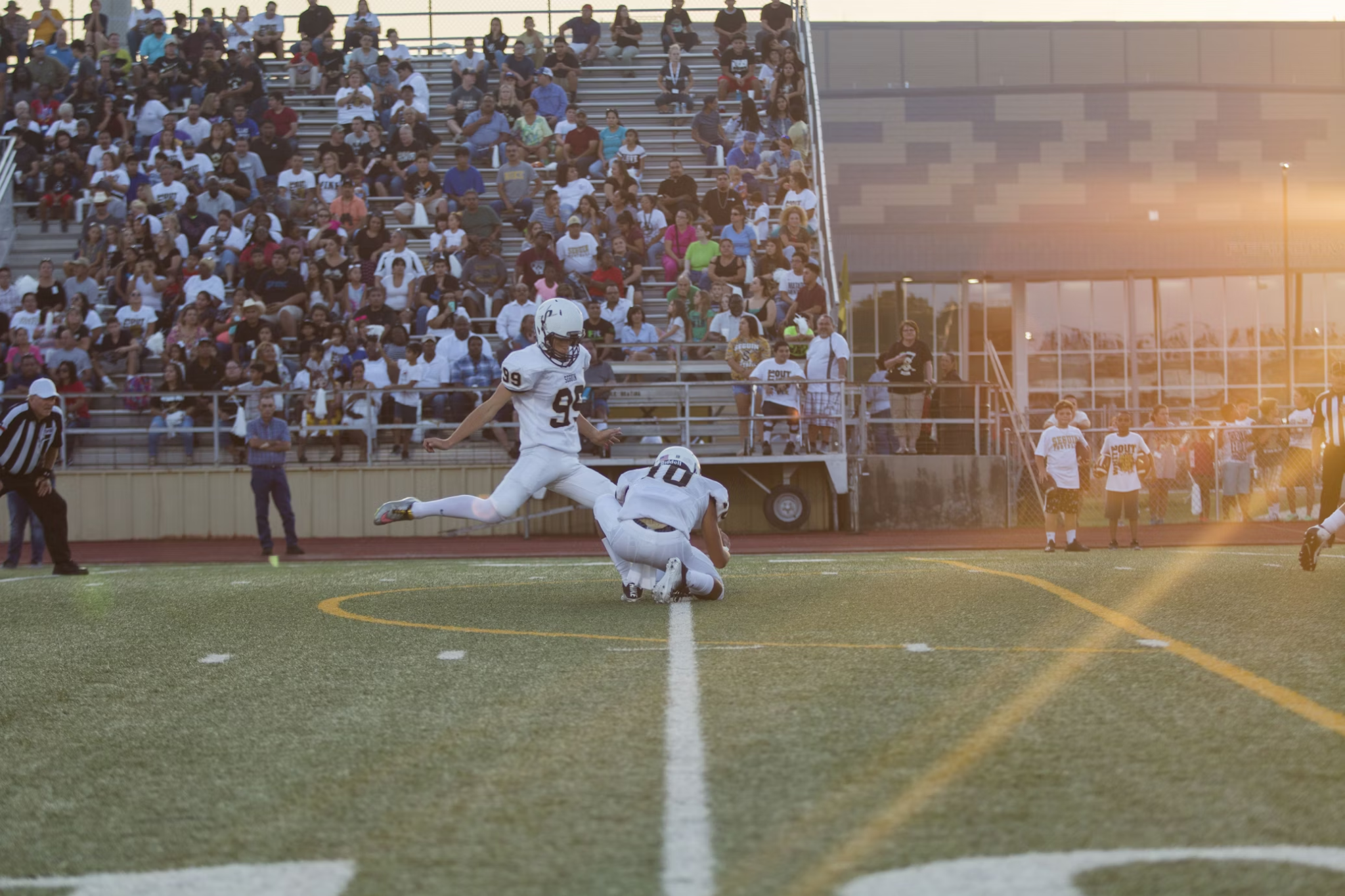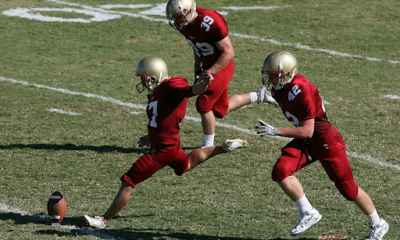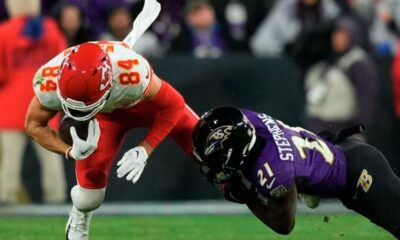
The NFL’s new “Dynamic Kickoff” rule is set to change the game ahead of the 2024 NFL season. Curious about how it impacts gameplay and strategy? Let’s dive into the details and implications of these exciting changes!
New NFL Kickoff Rules
Alignment Rules
The new alignment rules for NFL kickoffs are designed to enhance player safety while still maintaining the excitement of the play. As the kickoff still starts from the 35-yard line, there are significant adjustments to where players line up. The kicking team will now have only the kicker at the 35-yard line, while the other ten players will be positioned on the opposing team’s 40-yard line. This setup creates a distance that may reduce high-impact collisions, a common concern during kickoffs.
On the other side, the receiving team must line up nine players in a specified setup zone, which exists between their own 30 and 35-yard lines. To comply, at least seven of these players must be aligned at the 35-yard line, following defined placement guidelines. This new structure allows for strategic plays while ensuring players are more spaced out at the start of the kick. Meanwhile, returners can be positioned anywhere in the landing zone, giving them the opportunity to gauge the kicker’s approach.
One crucial rule to remember is that neither team can move until the ball is kicked and hits the ground, except for the returners, who can initiate their movement earlier. This change introduces a fresh dynamic, fostering anticipation and strategy around each kickoff—ultimately aiming to make the game safer and more exciting for everyone involved!
Fair Catch Rules
With the new fair catch rules in mind, there are some essential changes to how receiving teams will approach kickoffs. If a kick lands in the specified landing zone—between the goal line and the 20-yard line—it must be returned.
However, if the kick falls short of this zone, it’s treated like a kickoff out of bounds, with the play immediately blown dead. This means the receiving team will take possession at their own 40-yard line, gaining an advantageous starting position.
If the kick does land in the end zone, the receiving team has a choice: they can either return it or call for a fair catch, which lets them down the ball and start from their own 20-yard line.
On the other hand, if they choose to down it in the end zone or if the ball goes out the back, possession will be at their 30-yard line.
Onside Kick Rules
Under the new rules, onside kicks are limited to the fourth quarter and can only be attempted by the trailing team. Before the play, the kicking team must declare their intent to execute an onside kick. While the traditional onside kick rules remain intact, this change makes these high-stakes moments even more captivating for fans and players alike.
Penalty Rules
When it comes to penalties in kickoff situations, it’s important to note that if a penalty carries over, it won’t alter the setup or landing zones. Instead, only the spot of the kick is affected.
Meanwhile, penalties for scoring players do not carry forward to the kickoff; they are applied during the try. However, for penalties on the Try, only the placement of the kick will shift, ensuring clarity and fairness in gameplay.
Safety Rules
In the event of a safety kick, teams will kick from the 20-yard line. The kicker has the choice to use a tee, ensuring a setup that remains consistent for all players involved.
Why Did the NFL Change Kickoff Rules?
The NFL’s decision to modify kickoff rules stems from a pressing need to enhance player safety and boost the excitement associated with kickoffs. With kick returns at a historic low of just 21.8% last season—the lowest since 1991—the league aimed to create a more thrilling game experience while addressing injury concerns. Preliminary data from the preseason shows promise, with a remarkable 80% of kickoffs being returned, signaling that these changes are accomplishing their goals!
As these new kickoff rules come into play, they could greatly influence strategies employed by teams, ultimately affecting game outcomes and, consequently, football betting odds offered by sportsbooks. Understanding these changes will be essential for bettors looking to make informed decisions based on emerging gameplay dynamics during the upcoming season.









